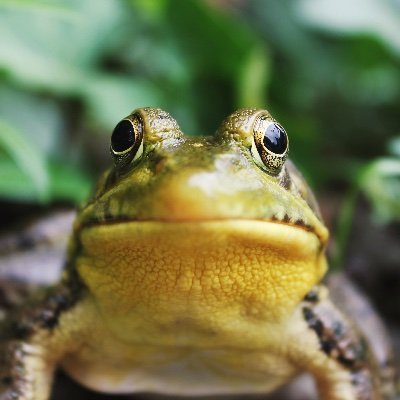
@Naturalcalendar
A 4-woman team noticing nature and building a seasonal calendar, 5 days at a time. New book, Nature's Calendar, released Sept 2023 with @GrantaBooks

@Naturalcalendar
A 4-woman team noticing nature and building a seasonal calendar, 5 days at a time. New book, Nature's Calendar, released Sept 2023 with @GrantaBooks